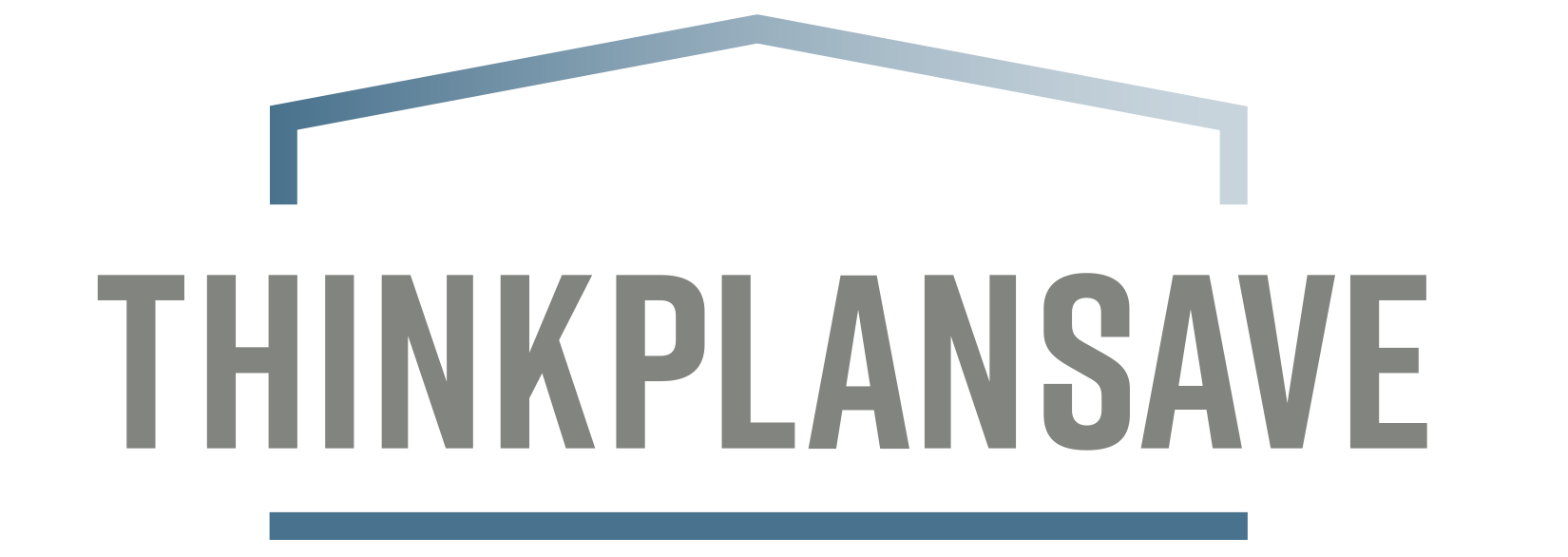Once you have kids, it hits you pretty quickly that it’s time to start thinking about saving for college. At that point though, you’re probably too busy with more important stuff, so you end up putting it off. In this post I’m going to introduce you to three good low cost 529 plan choices for California residents, and share which one I chose for my family.
The first thing to be aware of is that unlike many other states, California does not offer a state income tax deduction for contributions to our own state’s 529 plan. This means that there is no advantage for California residents to use the California 529 plan called The Scholarshare College Savings Plan. In our case, no matter which state 529 plan we use, the benefits are the same – withdrawals for Qualified education expenses are federal and state tax free.
First, I narrowed it down to three of the top low cost 529 plans that offer the option to invest in passive index funds with very low fees. All three of these are also top rated by Morningstar’s annual review of the best 529 plans and are either rated Gold or Silver in the 2015 report.
I recommend that most investors use an age based investment option where the risk level shifts from aggressive to conservative as the beneficiary of the account ages. I’m going to focus on age based options in this post.
California 529 Plan managed by TIAA-CREF. (www.scholarshare.com)
PROS:
Minimum contribution to open an account is just $25.
The web site is easy to use.
Passive index age based portfolio options are among the cheapest out there of any 529 plan, 0.11% – 0.18% in total fees depending on the allocation.
They offer a socially responsible investing option with the TIAA Social Choice fund.
CONS:
A little too much exposure to the Real Estate sector for my tastes, making up to 5% of the portfolio early on when the beneficiary is young.
No FDIC insured savings option, but there is a guaranteed fund backed by TIAA.
Utah 529 Plan (www.uesp.org)
PROS:
No minimum contribution to open an account.
Age based portfolios use Vanguard index funds averaging 0.21% in total fees.
There is an excellent selection of funds if you want to make a custom portfolio allocation. There’s a few good bond funds beyond just the Total US Bond Index offered in many other plans, with several short term bond funds and an international bond index fund to choose from. They also offer a nice selection of Dimensional Fund Advisers (DFA) funds including DFA U.S. Small Cap Value.
For the true DIY types, there is even an option to make a completely customized age based glide path. Although I don’t think most people need this extra complexity, it’s there if you want it. It’s the only 529 plan that I know of that offers a customized glide path making the Utah plan unique in that regard.
The web site is very straightforward and easy to use.
An FDIC insured savings option is available
CONS:
Not the absolute cheapest fees, but they have a history of reducing management fees every few years as the plan grows in size and the economies of scale improve.
Nevada 529 Plan Managed by Vanguard (www.vanguard.com)
PROS:
Age based index portfolio options average 0.19% in total fees.
A good choice if you prefer to keep everything at Vanguard.
CONS:
Minimum to open an account is $3,000. The minimum additional contribution is $50.
Jagged 25% drops in equity allocation every 5 years in the age based glide path. Why take the chance that your account is rebalanced right after a big market sell-off?
Web site feels a little clunky
The Verdict
You really can’t go wrong with any of these three excellent choices, but I give the nod to the Utah 529 plan, which I use for my kids who are both under 5 years old.
I went with the age based “Moderate” portfolio because I like to keep things simple and use the “Rip Van Winkle” method of saving for college. Set an automatic monthly contribution and move on with life. By the time college rolls around, the age based investment path has done its work, and the account balance is sitting in conservative investments ready to be used for college expenses.
I also prefer the “moderate” option over the “aggressive” 100% equity option because I believe that for most investors, there should be some fixed income allocation even in the early years when the kids are young. The investing timeline when saving for college is at most 18-21 years, significantly shorter than when investing for retirement over a timeframe of 30-40 years.
Remember that if you are reading this and live in another state, you will want to first check to see if your own state gives you a state tax deduction for contributions to your own state 529 plan. For most people, the benefit of the tax deduction will usually outweigh the downside of a plan with slightly more expensive investment fees, at least until the limit of the deduction is reached.
Working with a competent advisor can be a great experience. To see what that’s like, contact me here.


